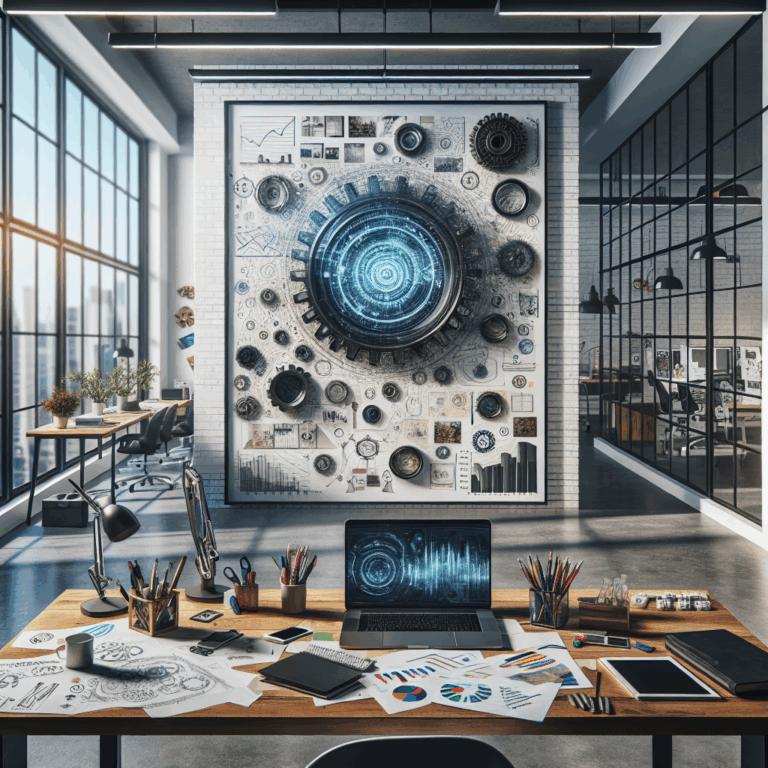
When First Impressions Are Built on Pixels
We often imagine banners as mere decoration or shouting billboards. But beneath their vibrant hues and bold typography lies a carefully constructed framework – an invisible architecture that orchestrates attention, emotion, and action. This hidden design doesn’t just grab eyes; it shapes experiences, transforms spaces, and redefines the way brands converse with their audiences.
A Canvas Turned Interface
Consider a bustling trade show, where hundreds of voices compete to be heard. A banner isn’t simply fabric or digital space — it’s a meticulously engineered pause in the attendee’s journey. Its composition balances elements akin to user interface design: hierarchy, rhythm, and flow. Each element, from font weight to color contrast, is a deliberate decision aimed at guiding the viewer’s gaze with precision and empathy.
Engineering Attention in Physical and Digital Realms
While digital banners pivot towards dynamic animations and interactive features, their offline counterparts capitalize on scale and proximity. A shopfront banner, for example, must withstand both the physical challenge of weather and the perceptual challenge of passing pedestrians who register fragments of information in moments. Understanding this duality requires converging material innovation with psychological insight — a blend few appreciate beyond the surface.
Why Banner Design Demands Strategic Depth
In commerce and communication, the banner’s value is not measured by aesthetics alone but by its ability to become a beacon of clarity amid noise. This is where the tension arises: brands must cut through overwhelming stimuli without sacrificing authenticity. Modern banners become strategic artifacts, leveraging design frameworks that anticipate human behavior, cultural context, and spatial dynamics.
From Static to Responsive Storytelling
This invisible architecture has expanded as technology enabled banners that are not static signals but responsive storytellers. Digital campaign ads morph based on user interaction data, time of day, or location, creating a dance between brand narrative and individual experience. This transforms banners from one-dimensional signs into scalable extensions of brand ecosystems.
The Business of Subtle Persuasion
Such thoughtful complexity translates to measurable outcomes: increased visibility, higher engagement rates, and more efficient allocation of marketing resources. By treating banners as layered communication devices, companies avoid drowning in generic messaging, instead cultivating authentic invitations to connect—whether online or offline.
Designing Tomorrow’s Touchpoints Today
The future of banners will blend seamlessly with emerging realities where digital and physical boundaries blur. Imagine a banner that reads the flow of foot traffic and changes its offer dynamically, or digital fabrics that adapt messaging to light conditions and customer mood. This isn’t just tech fantasy—it’s the next phase of banner evolution shaped by creative intelligence and strategic insight.
Reflecting on the unseen foundations beneath the surface of every banner reveals a rich landscape of opportunity. Embracing the invisible architecture invites businesses to rethink their touchpoints as dynamic, human-centered dialogues rather than static displays. This perspective not only amplifies impact but positions banners as pivotal agents of contact, discovery, and growth in the layered marketplace of ideas.
